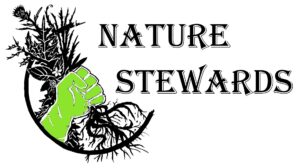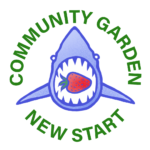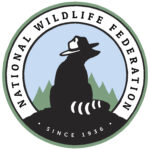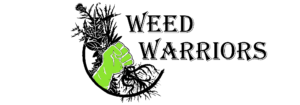Learn How Sustainable Gardening Techniques Benefit Both People and Wildlife
Adding native plants and perennial flowering plants to a community garden, a public park, or your home garden contributes a greater impact to the overall health of wildlife around Puget Sound. Gardens for Wildlife program addresses the need for wildlife habitat through a combination of education and stewardship activities. The knowledge gained trough the Zoom workshops and a restoration event in a community park or community garden enabled participants to successfully garden for wildlife in their own yard, garden, or apartment balcony. The events and Zoom workshops were free and open to the public.
Discover the 4 Components of a Wildlife Habitat
Food, water, shelter and places to raise young are necessary components to attract wildlife to your yard or apartment balcony. Incorporating native plants in the garden and using sustainable gardening practices, like not using pesticides and chemicals, are also important when establishing a haven for birds, butterflies and bees.
Our native plant of the year in 2020 was the Vine Maple, acer cirncinatum, a versatile small tree known for its beautiful fall color that provides flowers and seeds for birds and other wildlife.
The Serviceberry, Amelanchier alnifolia, also known as Saskatoon, was our native plant of the year for 2021. We chose this plant for its benefit to both humans and wildlife. It is native in all Washington counties, all Oregon counties, northern California, and southern British Columbia. It's one of our most widespread native shrubs. It usually grows as a shrub, but can be a small single-stemmed tree. It's perfect for in many landscape settings. including small yards. It likes sunny locations, but will do fine in partial shade. it prefers a moist, well-drained soil but tolerates a wide range of conditions. The spring bloom is welcome addition when there are few other flowering trees.
This is a woody shrub with an erect to spreading form. It often grows to height of 12’ with an equal width. Leaves are arranged in an alternate fashion. They are simple, 1”-3” in length and have an oval to oblong shape. During the summer the leaves are green while in the fall they can turn a very pleasing red to yellow color. The flowers, which grow in clusters, are star-shaped with five petals. These white fragrant flowers, arranged in racemes (3-20 per cluster), appear from April through July. Flowers morph to ½” bluish-purple, juicy edible berries which ripen in early summer. The berries taste similar to blueberries and can be eaten fresh or dried, and can be used to make jelly or wine. It was a common food source among Native Americans, who used the berries as a component of mincemeat. The berries are popular with wildlife. Serviceberry blossoms are attractive to bees and butterflies. Because birds are attracted to the berries, these shrubs are a natural choice when trying to establish a backyard wildlife habitat.
Here’s an excellent essay The Serviceberry: An Economy of Abundance describing how plants and birds reciprocate in their offerings to each other, and how humans can learn from the reciprocity. It’s by indigenous botanist, author, and professor Robin Wall Kimmerer: https://emergencemagazine.org/story/the-serviceberry/.
She says: “I want to live in a society where the currency of exchange is gratitude and the infinitely renewable resource of kindness, which multiplies every time it is shared, rather than depreciating with use.” And “Thriving is possible...only if you have nurtured strong relations with your community.”
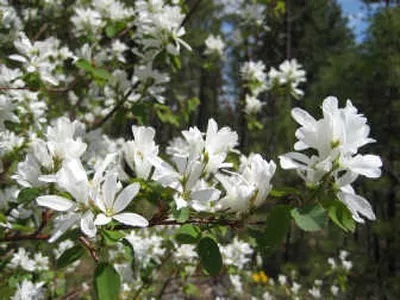
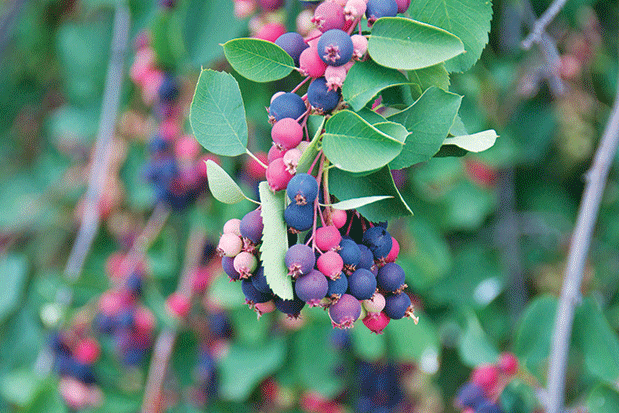
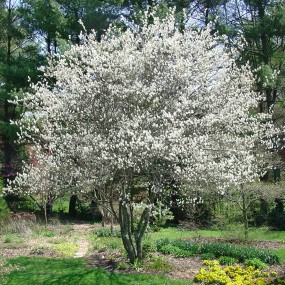
"Garden for Wildlife" Zoom workshops topics include:
1. Participants learned how to identify and control invasive, non-native weeds. We hosted 10 events during the summer of 2020, including three Zoom workshops on Invasive Weeds, weed control, and creating a wildlife-frienldy habitat garden, yard, or area. We also hosted a Graduation Ceremony in the summer of 2020 for the members of this program.
2. Composting, mulching was delivered in January of 2021. This program featured a Zoom instructional workshop and hands-on practice in composting techniques at the New Start Community Garden in Burien, WA.
3. A Wetlands workshop was delivered in February 2021 on various types, the importance of wetlands as habitat for wildlife. This class featured a Zoom presentation with Instructor Lauryn Duoto, WHIT Wetland Certification. Attendees were invited to participate in a wetland restoration project the same week.
4. Sustainable Gardening Practices with Taryn Koerker was scheduled via Zoom for April 11th, 2021.
5. Edible Native Plants workshop on food for people and wildlife via Zoom was scheduled in July of 2021.
6. Coloring book on noxious weeds and the alternative better choices of a native plant, providing habitat for our birds, butterflies and bees, without a negative impact on our environment.
Components of this program is funded by a grant from the Port of Seattle Airport Community Ecology (ACE) fund, and produced in partnership with National Wildlife Federation, New Start Community Garden in the Highline School District, also called the "Shark Garden" after the school mascot, City of Burien, students from all around Puget Sound and volunteers like you.
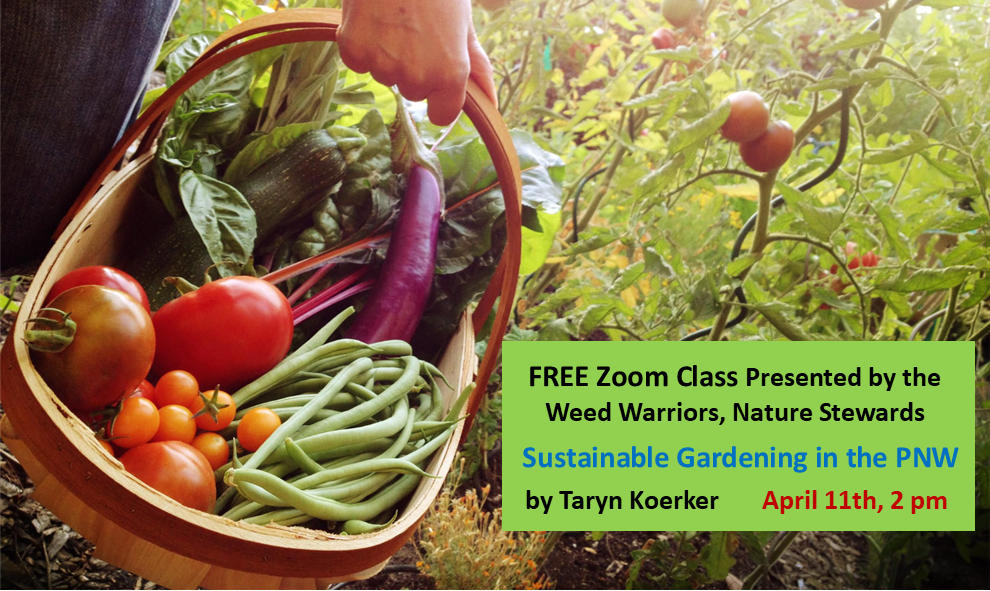
Thank You to our Funders and Partners
Components of this program is funded by a grant from the Port of Seattle Airport Community Ecology (ACE) fund, and produced in partnership with National Wildlife Federation, New Start Community Garden in the Highline School District, also called the "Shark Garden" after the school mascot, City of Burien, students from all around Puget Sound and volunteers like you.
